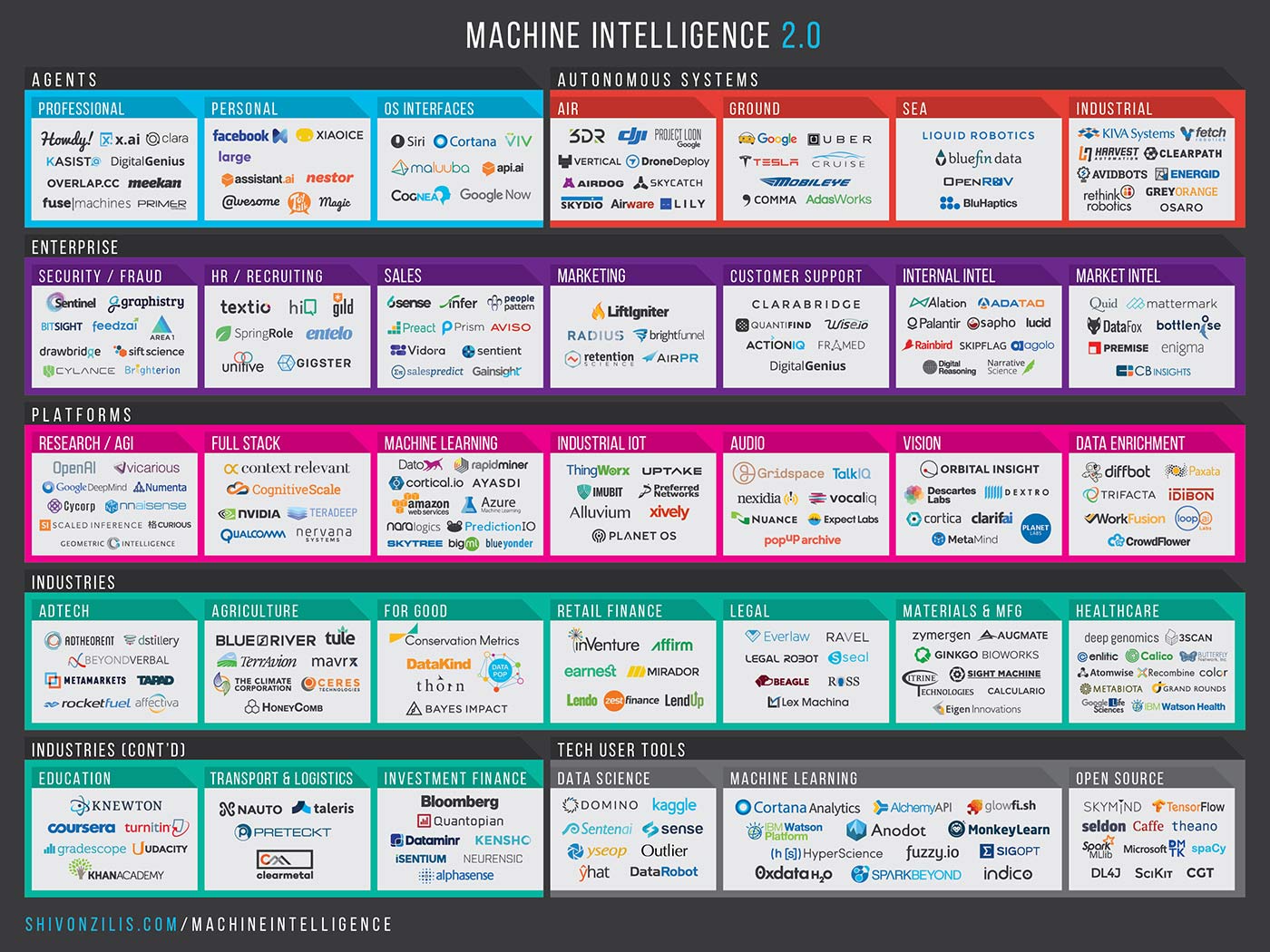Google Tests Feature That Lets Media Companies, Marketers Publish Directly to Search Results – WSJ
Google is experimenting with letting big publishers publish directly into search results, instead of going through SEO and indexing.
Google is experimenting with a new feature that allows marketers, media companies, politicians and other organizations to publish content directly to Google and have it appear instantly in search results.
..
Google has built a Web-based interface through which posts can be formatted and uploaded directly to its systems. The posts can be up to 14,400 characters in length and can include links and up to 10 images or videos. The pages also include options to share them via Twitter, Facebook or email.
Each post is hosted by Google itself on a dedicated page, and appears in a carousel in results pages for searches related to their authors for up to a week, a Google spokeswoman said. After seven days, the posts remain live but won’t be surfaced in search results. Rather, they can be accessed via a link.
…
The Google spokeswoman said the experimental feature is separate from Google’s Accelerated Mobile Pages program, which aims to speed up online content by streamlining the code that powers Web pages.
With the AMP program, Google also “caches” pages, or saves copies of them on its own systems, in order to deliver them more quickly to users. AMP doesn’t host content directly, however, whereas Google’s new search feature does.
Google’s tests of the new posting tool comes at a time when media companies, marketers and organizations of all types are increasingly distributing content by publishing directly to major online platforms, instead of driving users back to their own websites and properties.
Facebook has an Instant Articles feature, for example, which lets anyone host their content directly on the social network, provided they adhere to its content policies. Facebook also overhauled its own “Notes” feature in September 2015 which—similarly to Google’s new feature—offers a Web interface through which users can publish their content directly to the social network.
Apple also unveiled a Web-based publishing tool that allows users to arrange and publish content directly to its Apple News application.
The Google spokeswoman emphasized that the new tool remains in an experimental phase, and wouldn’t provide details on if or when it may be opened up to more authors. Google is currently testing it with a range of different type of partners, she said, but wouldn’t disclose exactly how many.

